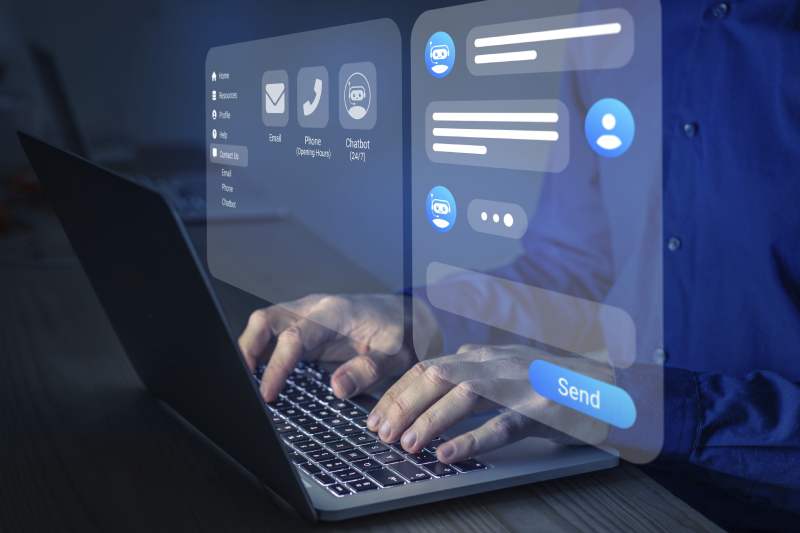AI’s influence is a topic that every investor is discussing. Additionally, businesses have been scrambling to adopt the newest AI technologies in an effort to stay ahead of the curve since the introduction of ChatGPT and other tools that have brought AI into the mainstream. When it comes to investing, we urgently need to adopt a more nuanced perspective on AI and related technologies.
For instance, a lot of AI tools like ChatGPT are by no means groundbreaking discoveries in computing or the study of the human mind. Tools for generative AI employ massive amounts of processing power on a wide range of data sets. And because of this fact, the hundreds of firms that have sprung up in the market offering ChatGPT-based solutions are probably going to fail.
That’s not to argue that businesses that properly apply generative AI won’t see enormous opportunities. It most definitely will. The crucial lesson here, though, is that tech investors shouldn’t jump at the chance to fund the “next best thing.” Given their accountability for valuing businesses that employ these technologies, they should exercise caution in igniting yet another hype cycle, as we have seen with artificial intelligence. It is necessary to say this in order to safeguard LPs and VC companies, as well as the startups and the larger tech industry.
Not Falling For “The Next Big Thing”
While it’s understandable that investors in technology are eager to see the next big thing, it’s important to keep an open mind while assessing possible prospects. With so much media coverage, it’s simple to make snap judgments on investments that don’t properly take into account a company’s long-term potential, its technology’s use cases, and other factors.
It is imperative for investors to inquire about the company’s long-term plan to ensure sustainable growth. The past’s investment success stories ought to serve as a sufficient cautionary tale about what occurs when big money is rushed into the most well-known businesses. Consider WeWork as an example. At its height, it was the most popular company, but due to the extreme overvaluations caused by careless investment, significant financial losses were the only likely consequence.
Before making an investment, all investors have an obligation to thoroughly examine technology companies. Why? Since following a fad too quickly may encourage people to make irrational investments that artificially inflate prices. Long-term, this only serves to disappoint partners, investors, and the businesses themselves. Naturally, the investors’ reputations may also be damaged.
Hazards On The Horizon
Needless to say, we need to take the time to carefully consider the risks associated with even the most alluring new technologies. A number of “ChatGPT startups” are cautionary examples of businesses that have a glossy exterior but nothing in the way of meaningful product innovation. As we’ve seen with those using OpenAI technology, many companies that promise to bring the next big thing instead end up building flimsy application layers on top of already-existing technologies. In the event that the underlying technology firm is dissolved, what would happen? This increased risk entails a decrease in long-term viability.
Securing The Future With Assurance
Never want to lose out on the next Google or Apple for their investments. Before getting ahead of ourselves, though, we should really consider the businesses we’re investing in. Is it the hype cycle or the enduring potential that excites us? History has shown us that fuelling an overhyped movement carries significant consequences for all parties involved.


 Entertainment4 weeks ago
Entertainment4 weeks ago
 Entertainment4 weeks ago
Entertainment4 weeks ago
 Entertainment4 weeks ago
Entertainment4 weeks ago
 Entertainment4 weeks ago
Entertainment4 weeks ago
 Entertainment3 weeks ago
Entertainment3 weeks ago
 Entertainment4 weeks ago
Entertainment4 weeks ago
 Entertainment3 weeks ago
Entertainment3 weeks ago
 Entertainment4 weeks ago
Entertainment4 weeks ago














